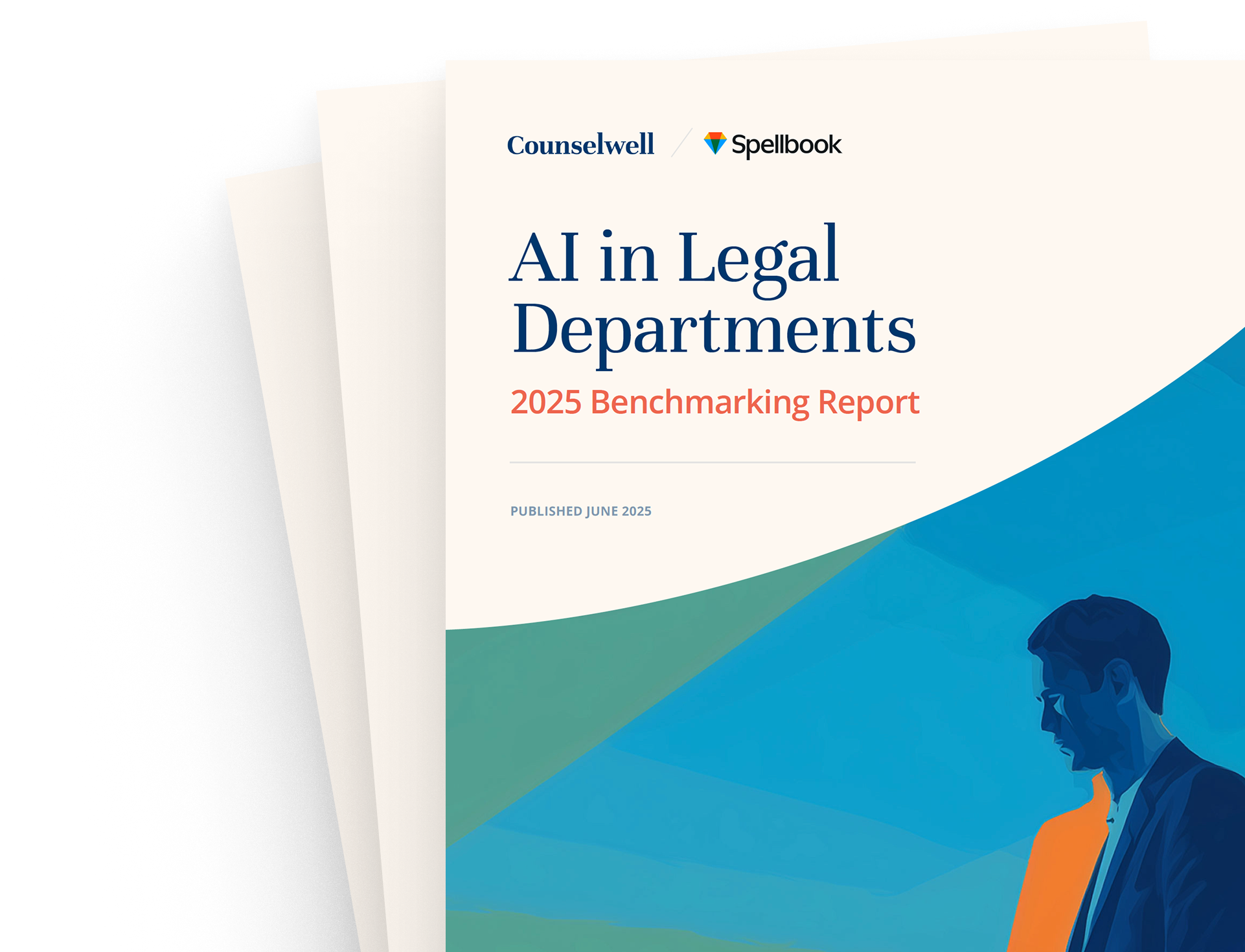
AI for Construction Contract Review: Key Features and Benefits

You risk a regulatory nightmare (and a potential heart condition) if you still review contracts the traditional, heavily caffeinated way. The longer you delay incorporating AI-powered solutions into your practice, the greater the risk you face.
For lawyers, especially those involved in construction contracts, AI makes it easier to identify details that could lead to costly legal disputes. AI has become more reliable in identifying potential risks and ensuring that contracts align with legal requirements, industry standards, and best practices. This is why more law firms rely on AI tools to work more efficiently.
Do you want to boost your efficiency this year? Below, we outline how to leverage AI to achieve this, especially during the review of construction contracts. You’ll also find recommendations for the best AI contract review tools to get you started.
{{cta-surprise-red}}
How Does AI Help With Construction Contract Reviews?
AI automates contract review by analyzing complex documents, identifying key clauses, and flagging potential risks with incredible speed and accuracy. It uses advanced algorithms to read and review contracts like a seasoned lawyer. Its features include:
- Natural Language Processing (NLP) enables the analysis of contract terms and conditions to extract critical information.
- Machine Learning (ML) aids in reviewing construction contracts for compliance and assessing potential risks.
- Semantic search and contextual analysis facilitate the interpretation of legal language in construction contracts, optimizing the review process.
The difference between AI-driven contract reviews and traditional manual methods is night and day. Consider a mid-sized construction firm bidding for a large government contract. The firm’s legal team must review over 500 pages of contractual documents within a 24-hour deadline. Traditionally, this process would require a team of lawyers working around the clock, increasing costs and the risk of errors.
However, using an AI-powered tool, the firm can submit a legally sound proposal ahead of schedule while avoiding costly oversights, because:
- Accuracy: AI highlights key contract obligations and automatically verifies compliance with construction regulations.
- Speed: AI identifies ambiguities in contract language and validates contract clauses in minutes.
- Improved Insights: AI streamlines contract workflows, suggesting language modifications that strengthen negotiation positions.
These aspects are still not half of what makes legal AI powerful. However, they demonstrate how AI is the ultimate contract review assistant: faster, more reliable, and never requiring a lunch break.
Common Challenges with Construction Contract Reviews
Common challenges during contract reviews are:
- Ambiguity and Interpretation Issues
Construction contracts often contain vague clauses, such as "reasonable efforts" or "substantial completion." These terms are open to interpretation, leaving room for costly misunderstandings.
- Compliance Risks
Ensuring that contracts align with the latest construction regulations is a high-stakes responsibility for lawyers. Missing one compliance detail can result in legal penalties or project delays.
- Human Errors and Oversights
Even the most experienced lawyers can overlook an unfair indemnity clause, especially when reviewing lengthy contracts under tight deadlines. A simple oversight can have significant financial and legal consequences.
How does AI help you overcome these contract review challenges? AI’s advanced algorithms provide thorough analysis and automated solutions that:
- Resolve Ambiguity: AI identifies ambiguities and inconsistencies in contract language. Then, it suggests more precise language to help refine vague clauses and avoid future disputes.
- Automate Compliance Checks: AI can refer to saved templates and clause libraries to check contracts for legal compliance issues. Feel confident that contracts address the latest codes, labor laws, and zoning regulations.
- Reduce Human Error: AI acts as a second layer of review, detecting potential risks, obligations, and hidden opportunities in minutes.
In a 2024 survey of 800 U.S. legal professionals (400 from law firms and 400 in-house), 74% reported using AI for legal work, with 92% of those saying AI has improved their work. Leveraging AI for contract analysis streamlines negotiations and reduces legal battles.
What is the Best AI Tool for Construction Contract Review?
Contract review is no walk in the park, nor is choosing the ideal AI tool. Below is a comparison of the top AI solutions for contract analysis to help you decide.
For reliability and accuracy in your contract review processes, it’s best to use a tool trained on extensive legal text. Spellbook outperforms competitors by reviewing over 10,000 contracts leveraging GPT-4o and other advanced AI models.
Thanks to its excellent integration capabilities, you can download and use Spellbook instantly. Draft, review, and edit contracts in the word processing software you already use. This minimizes workflow disruptions with little to no learning curve.
{{cta-surprise-red}}
Key Takeaways
- AI-powered tools such as Spellbook enhance accuracy, speed, and thoroughness in construction contract review, reducing legal risks and human errors.
- AI automates compliance checks to ensure contracts align with current compliance requirements.
- AI tools offer a cost-effective alternative to manual reviews, enabling small firms to manage an increasing number of complex contracts with confidence.
Frequently Asked Questions
Are Free AI Construction Contract Review Tools Effective?
No. While they may offer basic clause recognition, free AI tools often lack the advanced capabilities needed for thorough construction contract reviews. Paid AI tools such as Spellbook have legal-specific training that provides superior accuracy and consistency in identifying nuanced legal risks and ensuring compliance.
Is AI Secure for Reviewing Construction Contracts?
Yes. AI can be highly secure when designed with proper protections. Spellbook, for example, utilizes end-to-end encryption and complies with legal data protection standards, including GDPR and SOC 2. Legal documents are processed securely, maintaining confidentiality while improving efficiency.
How Accurate Are AI Construction Contract Review Tools?
AI-powered tools have demonstrated accuracy rates of 90% when identifying contract risks and inconsistencies. AI leverages machine learning algorithms trained on tens of thousands of legal documents to recognize patterns and detect legal nuances in contract language. This powers AI to flag errors and significantly speeds up the review process. However, a lawyer’s expertise is still needed to provide the final green light on any document.
Thank you for your interest! Our team will reach out to further understand your use case.






.png)
